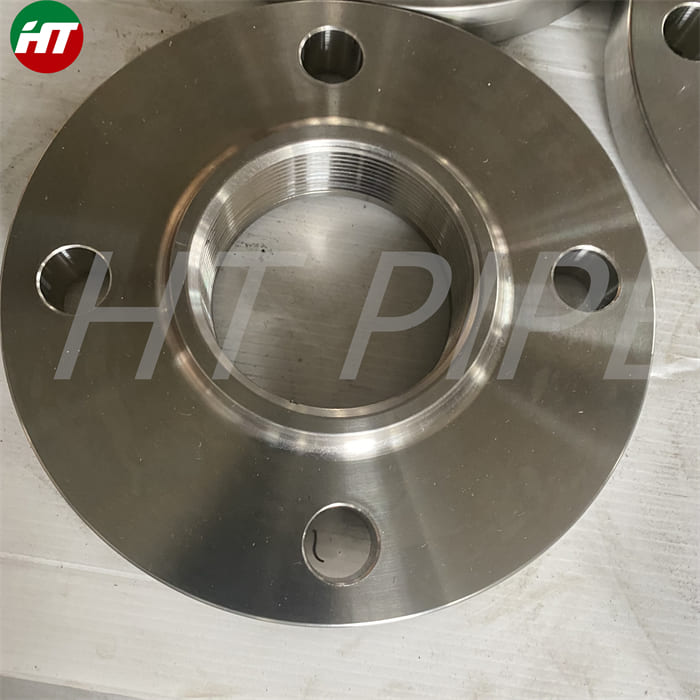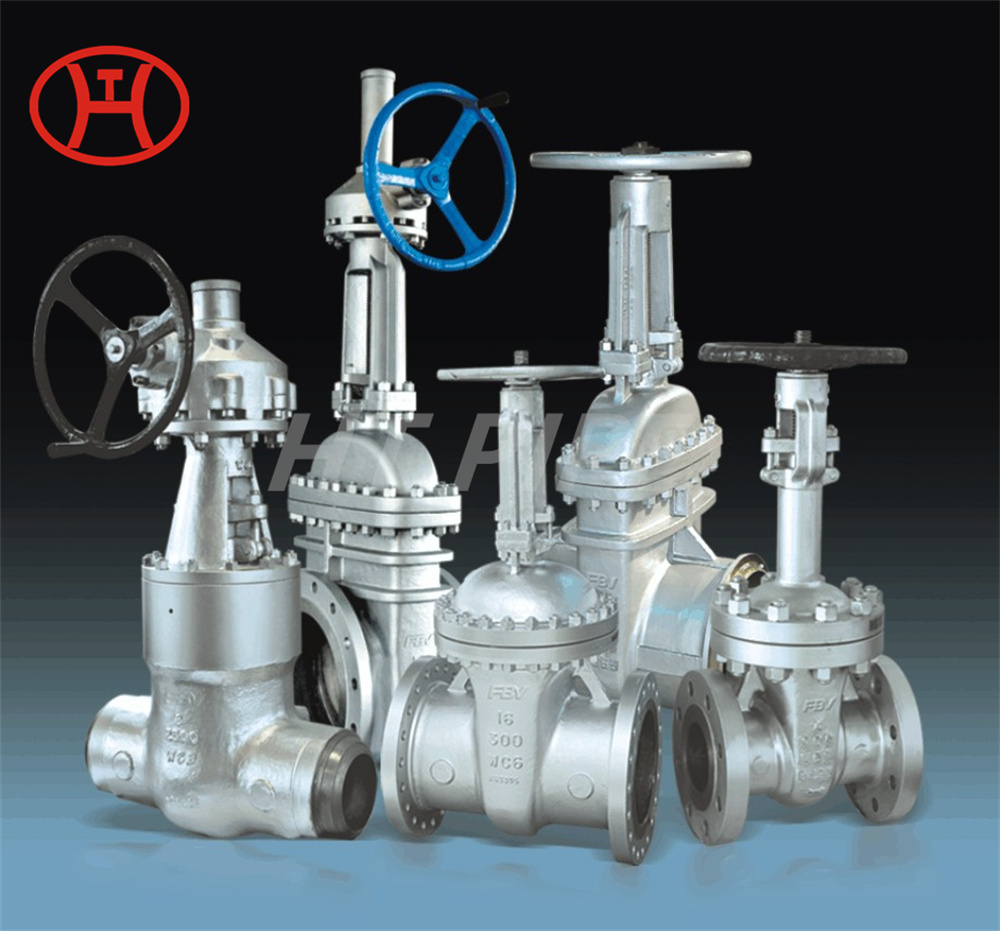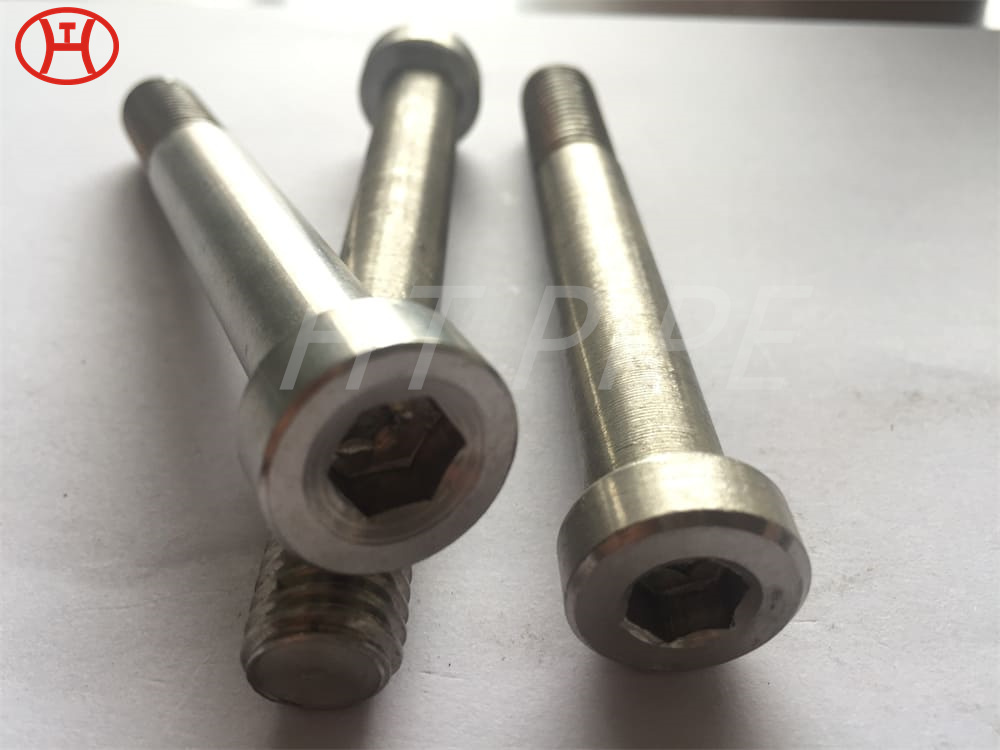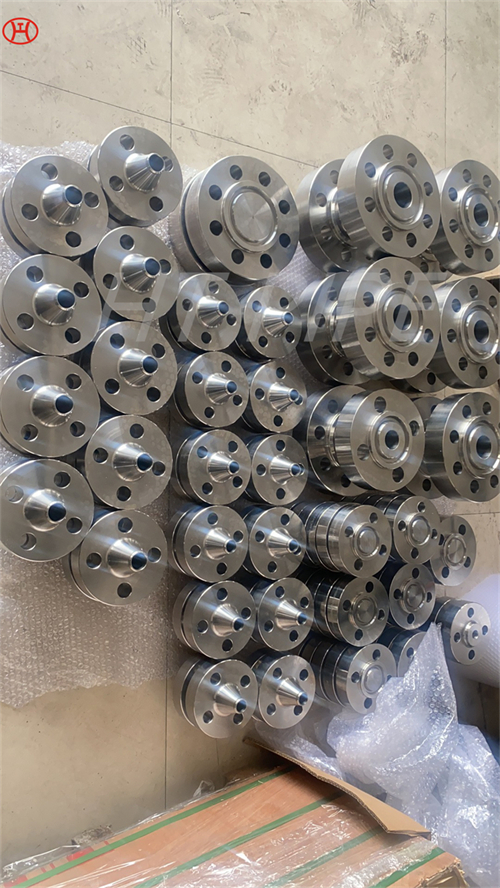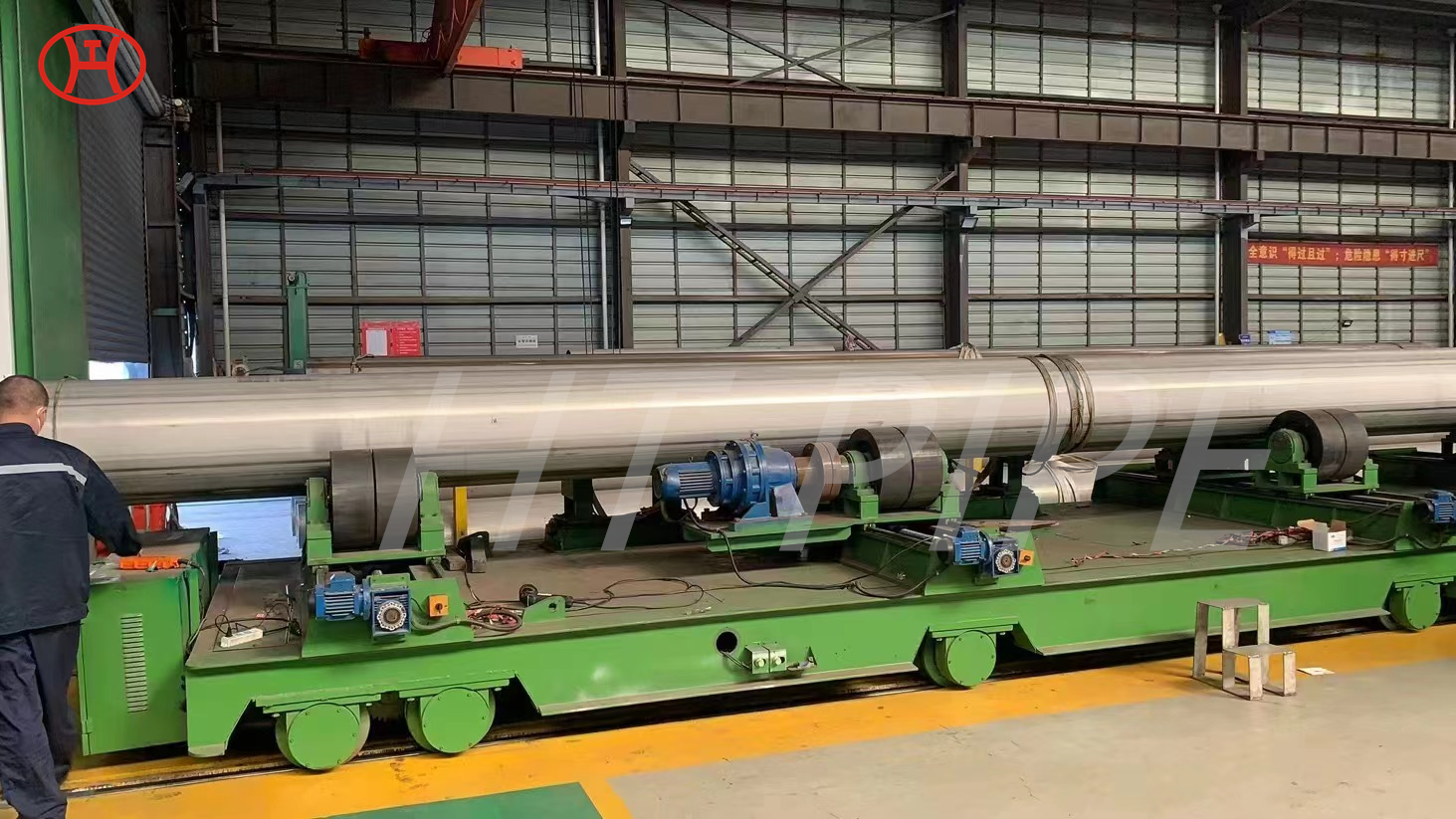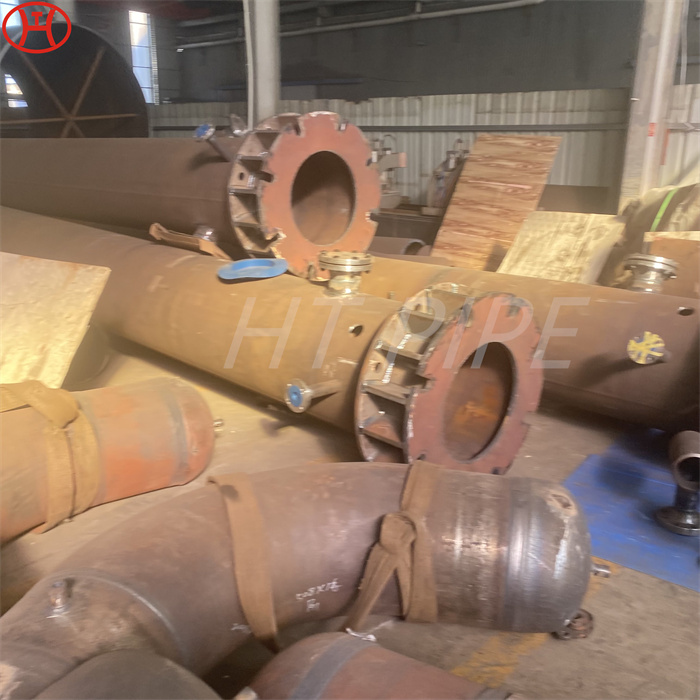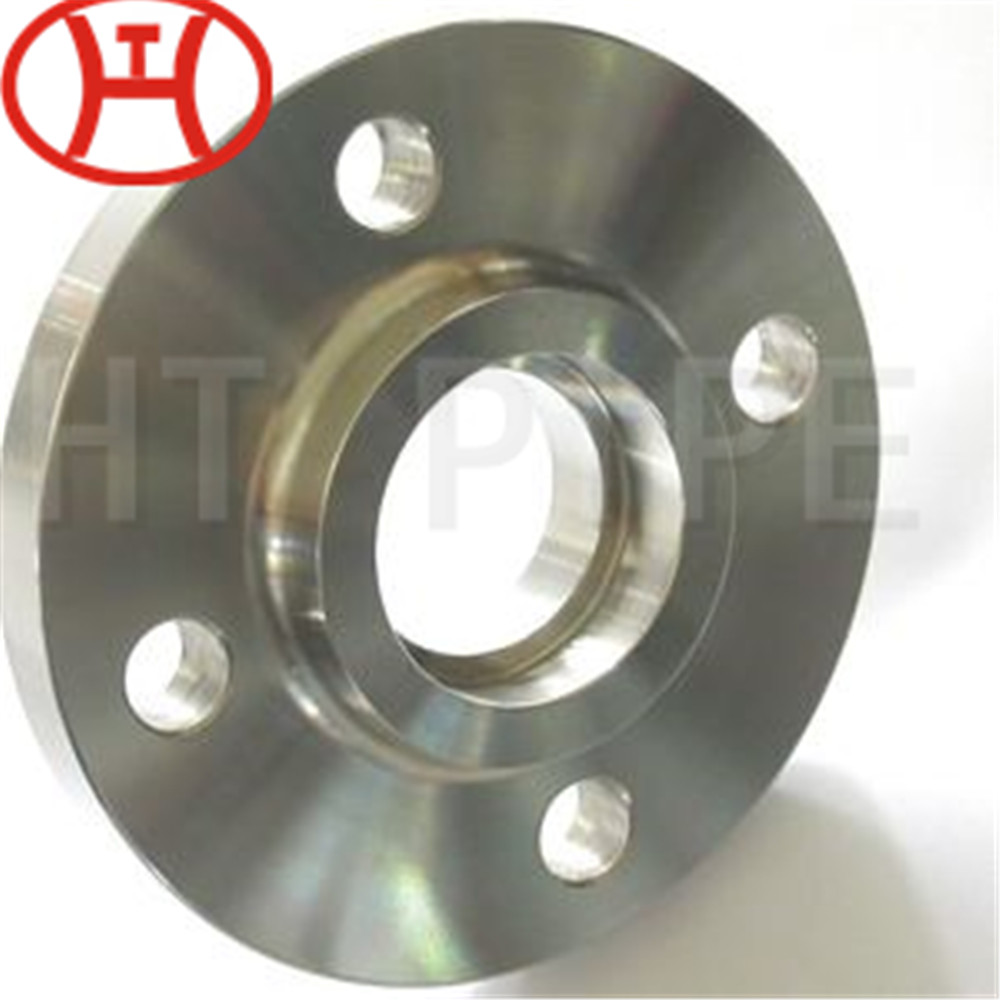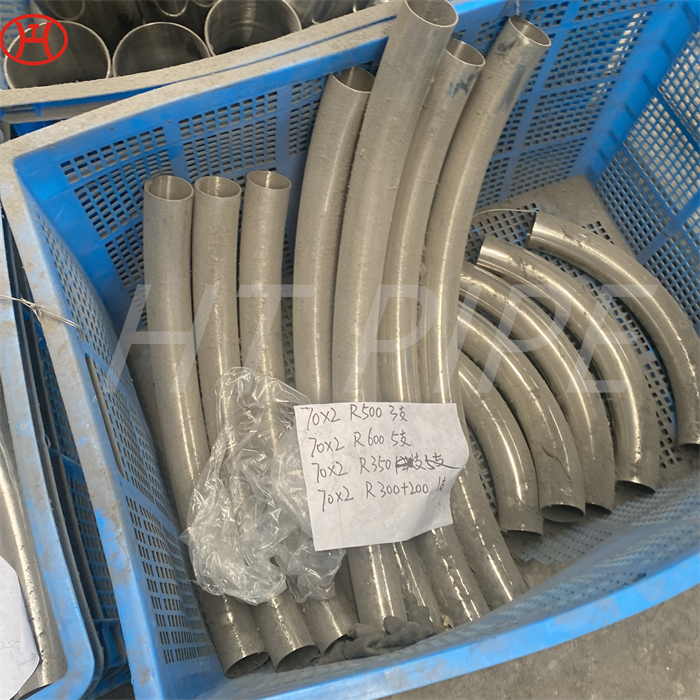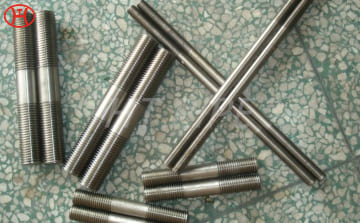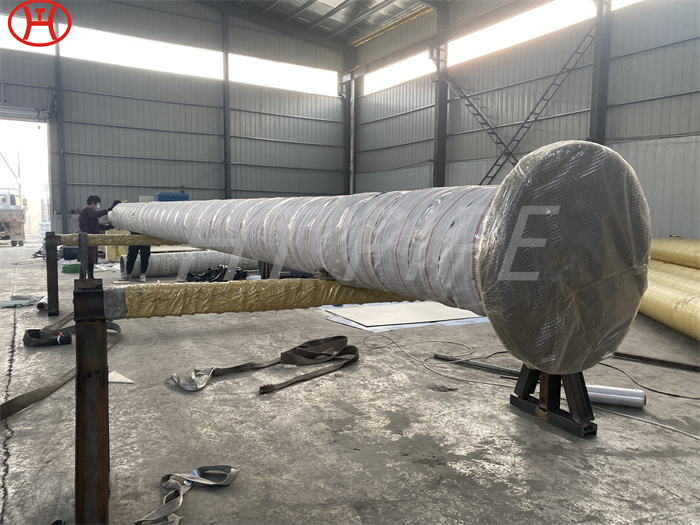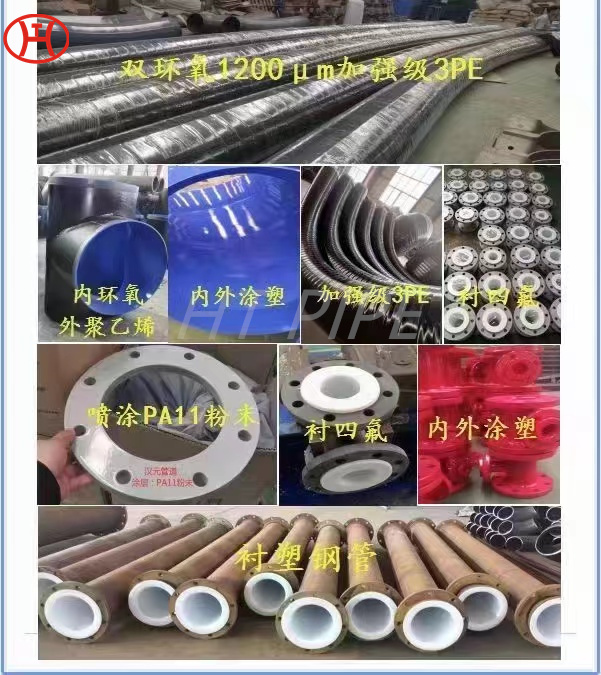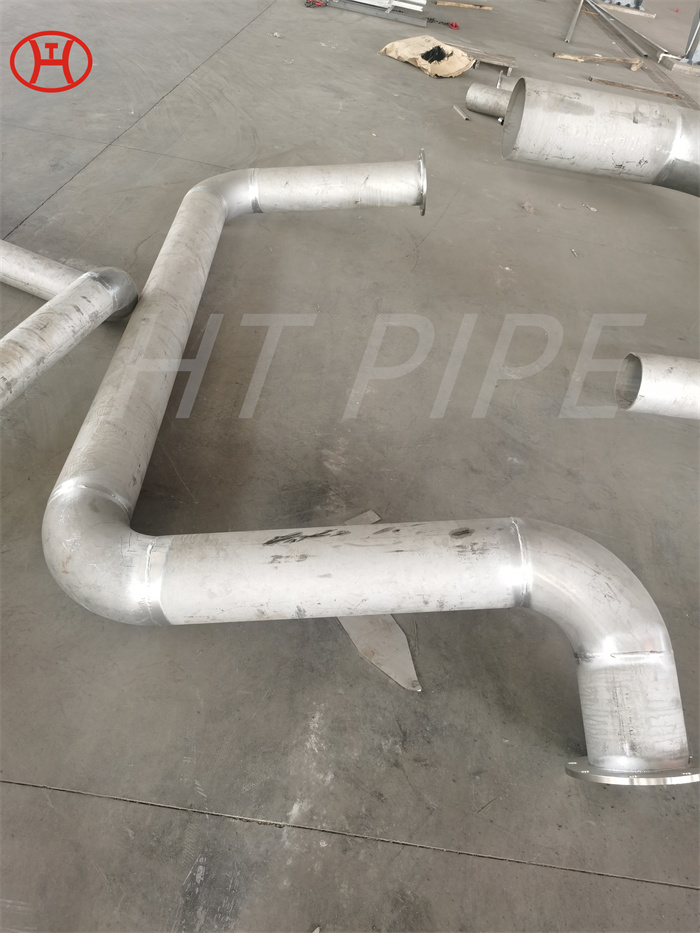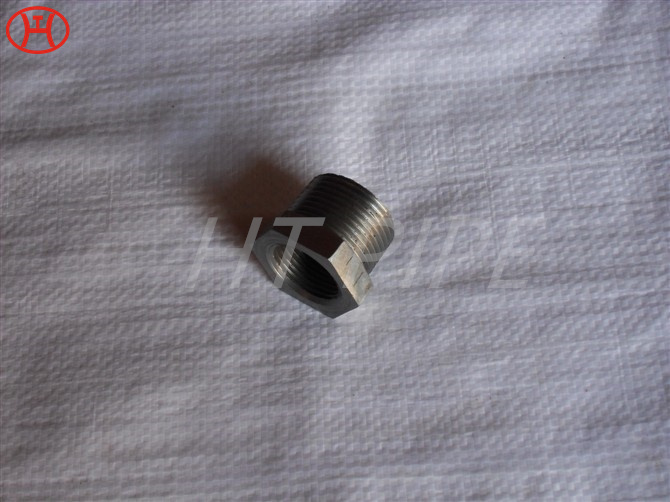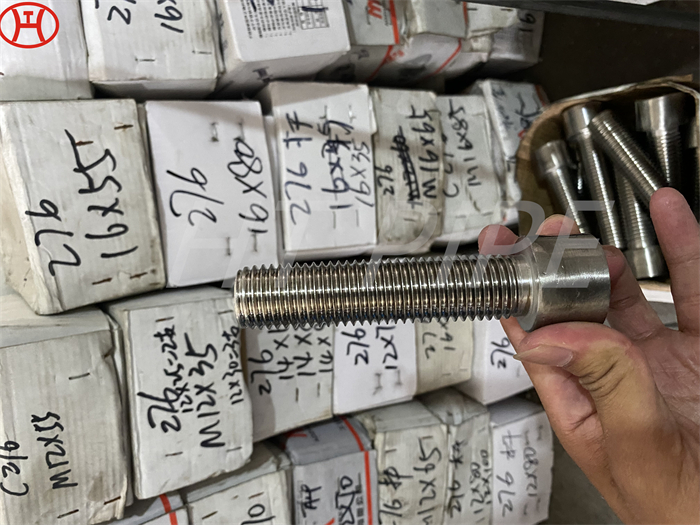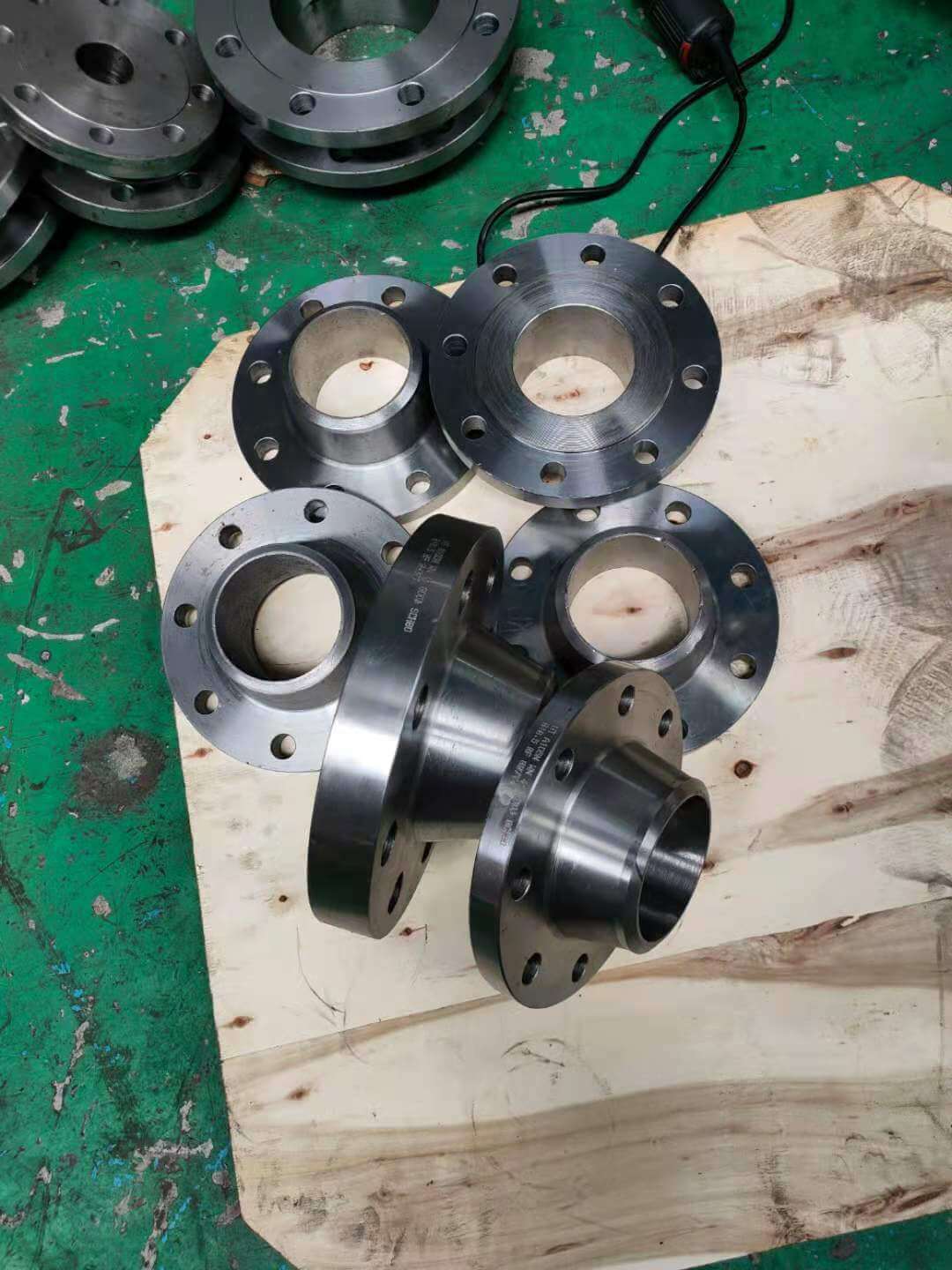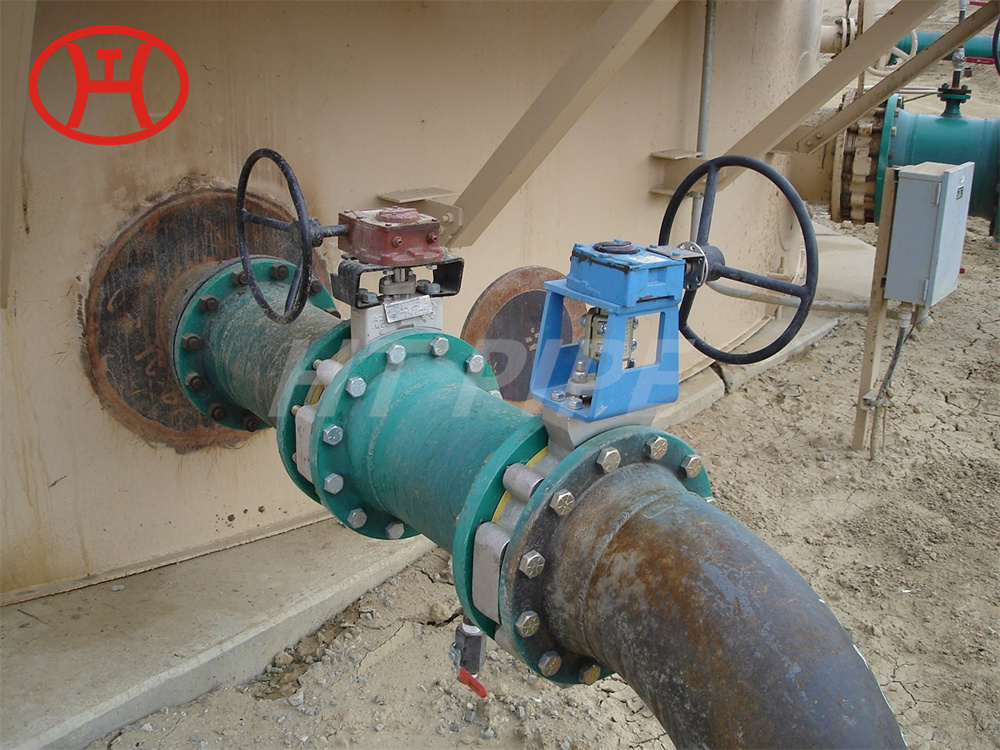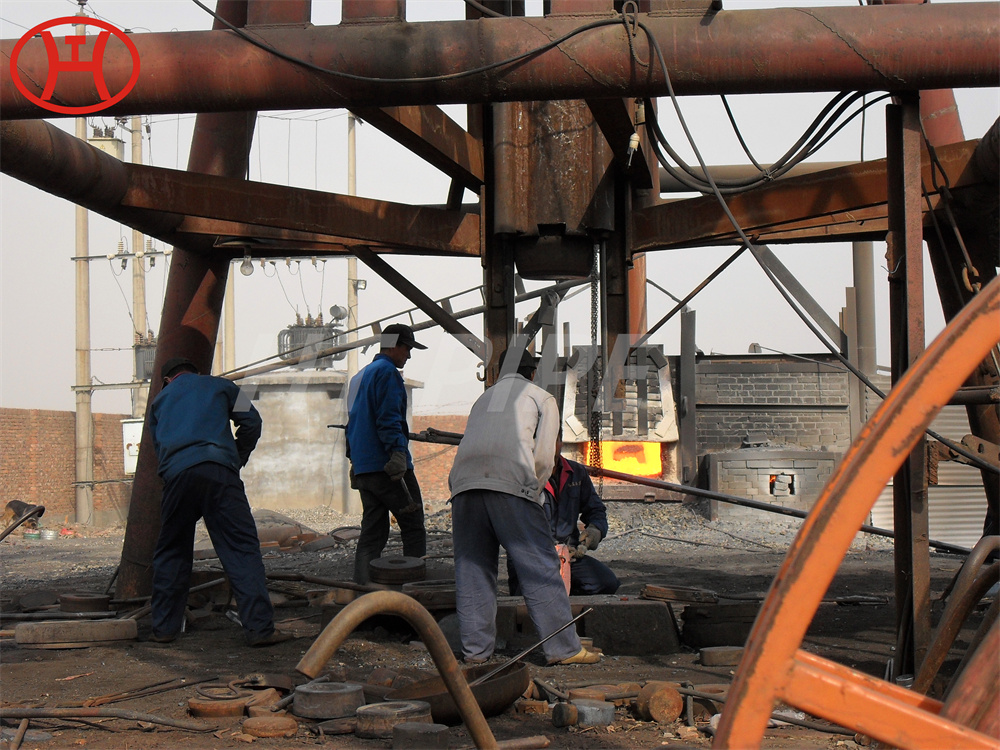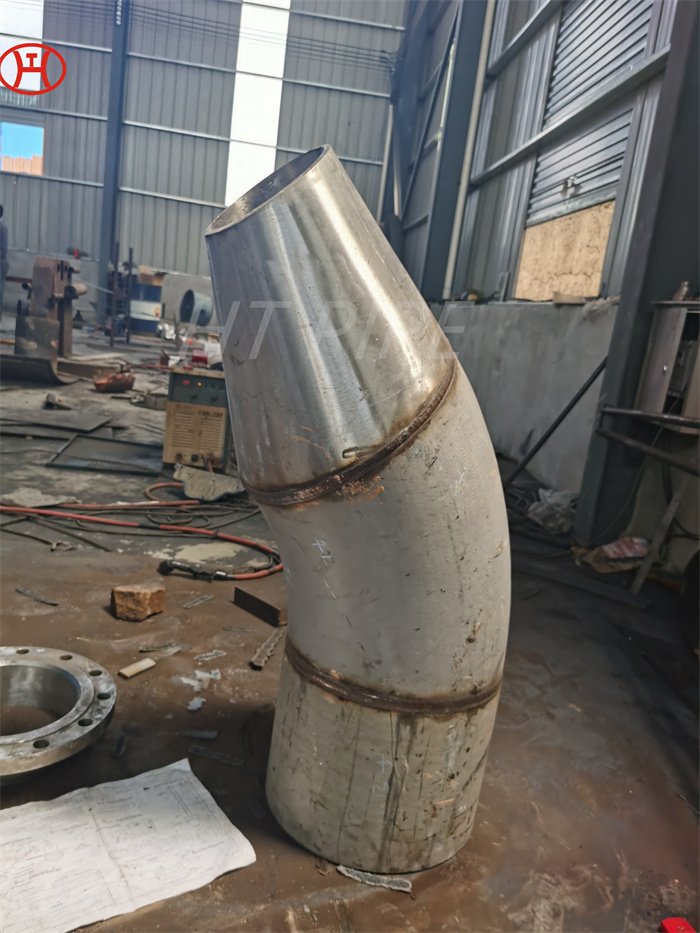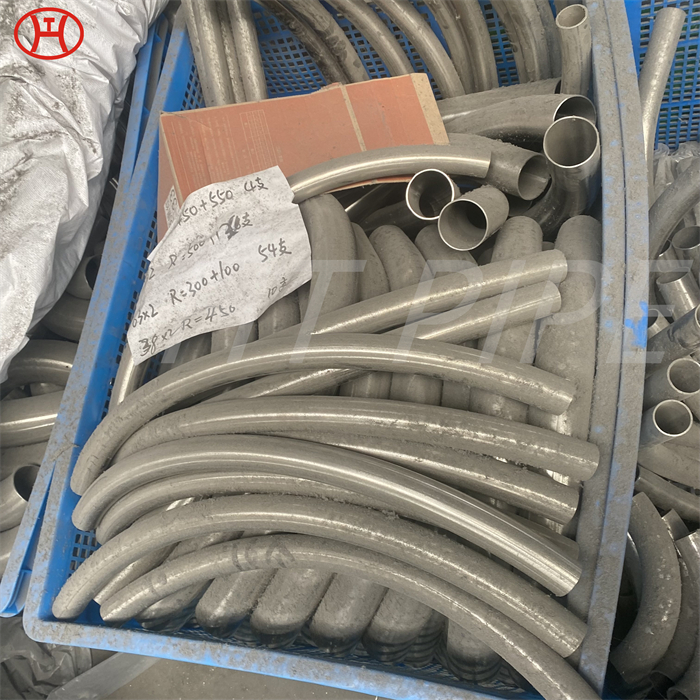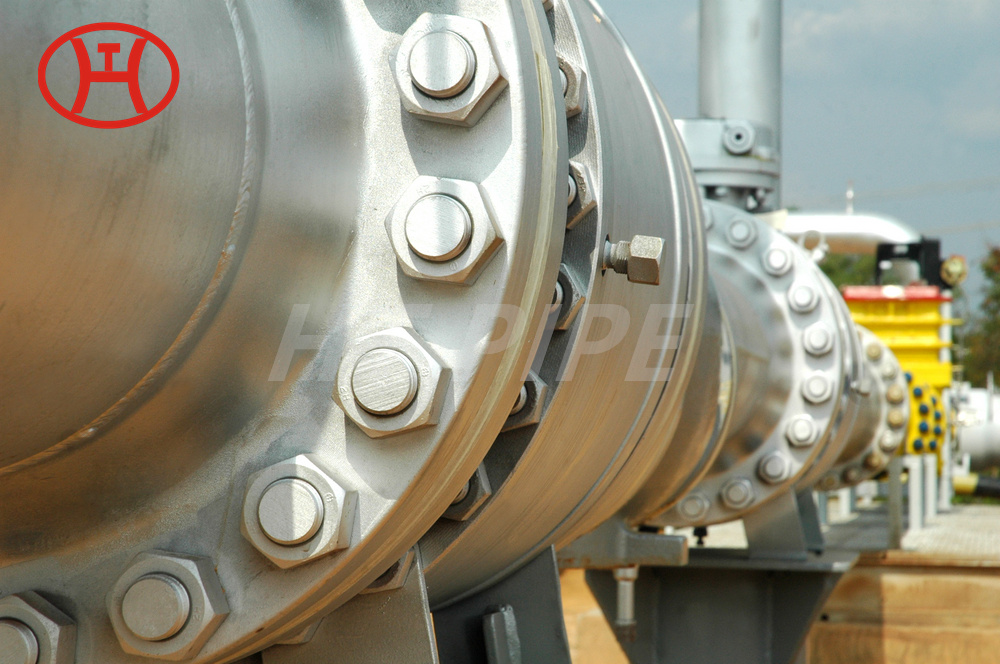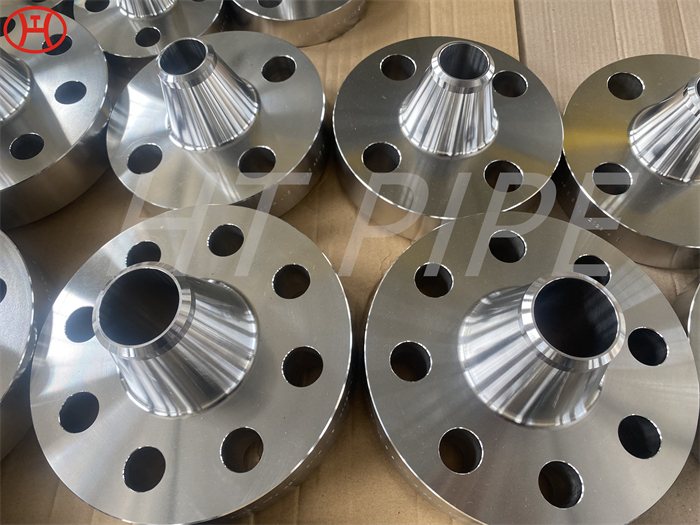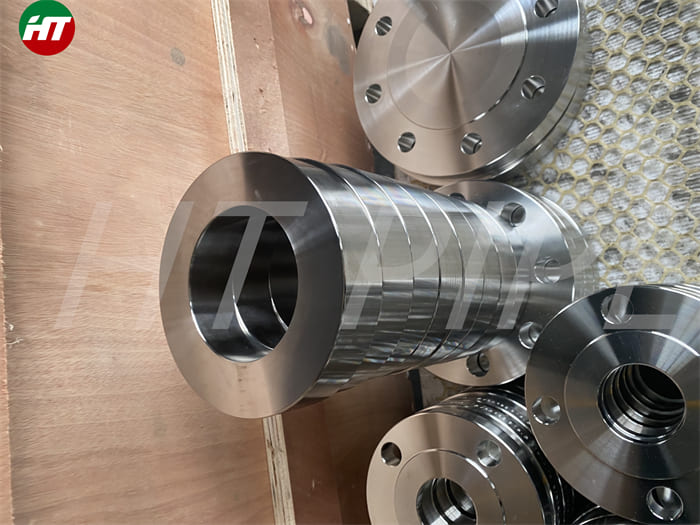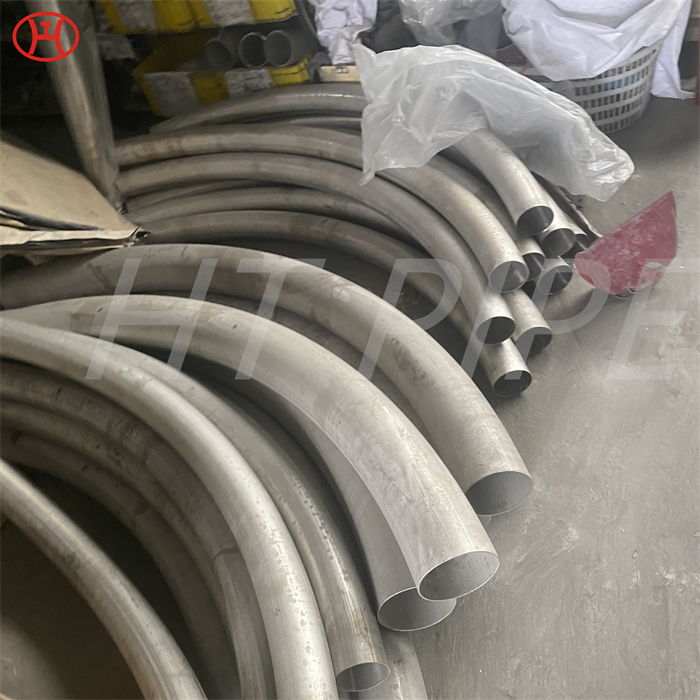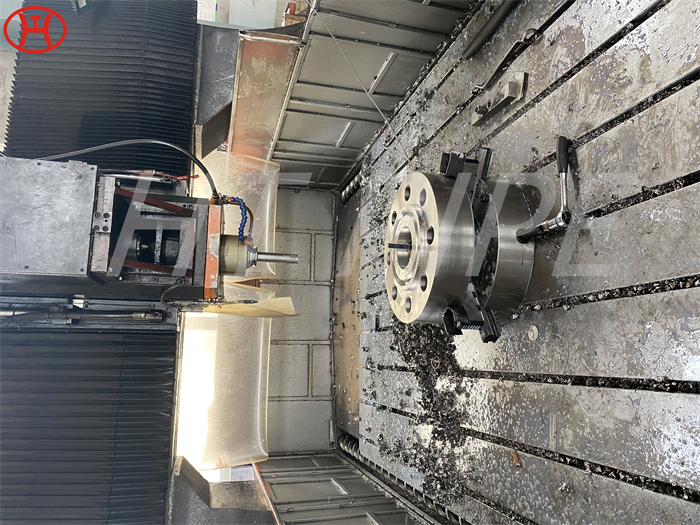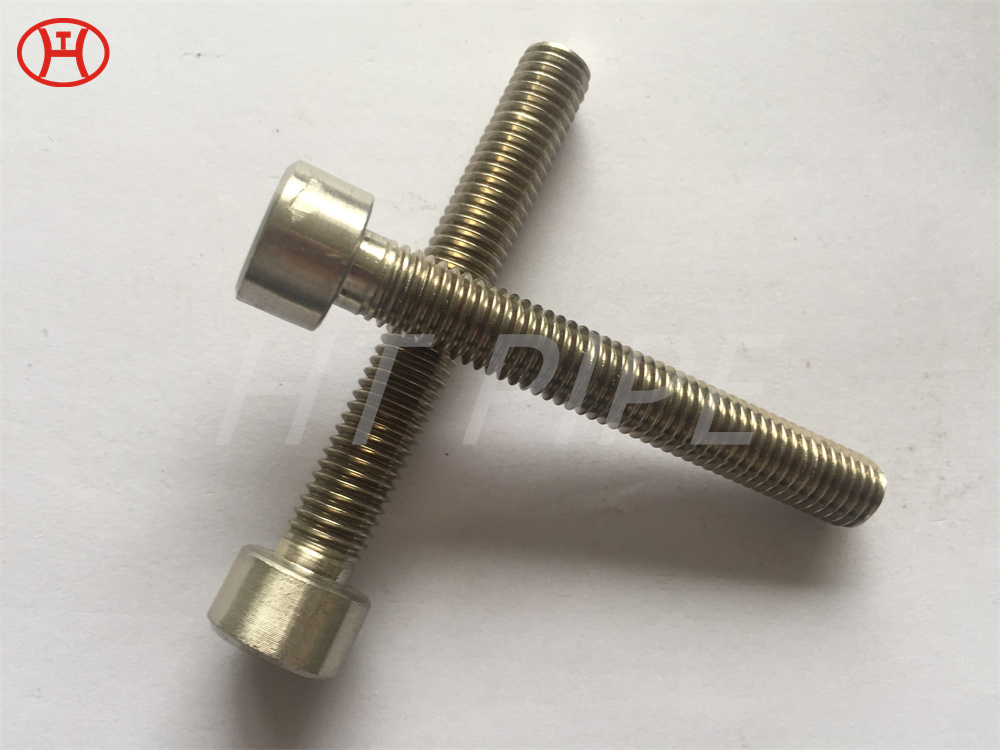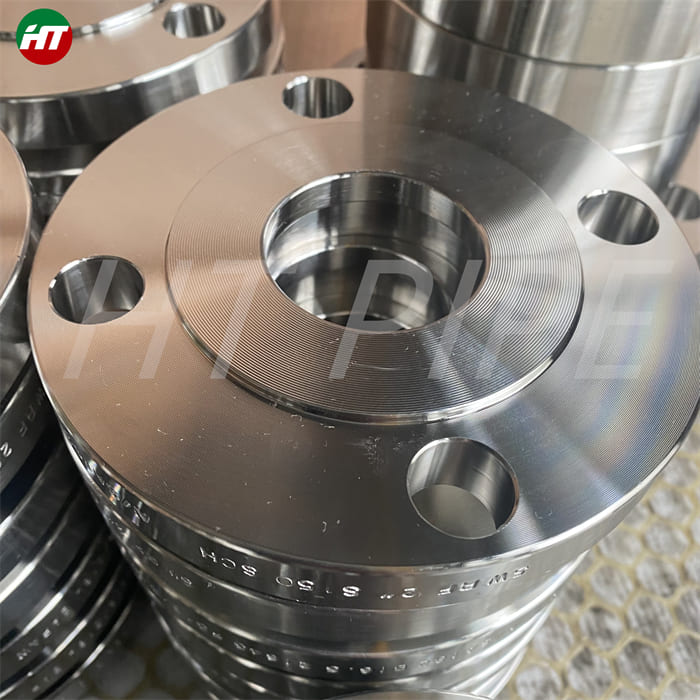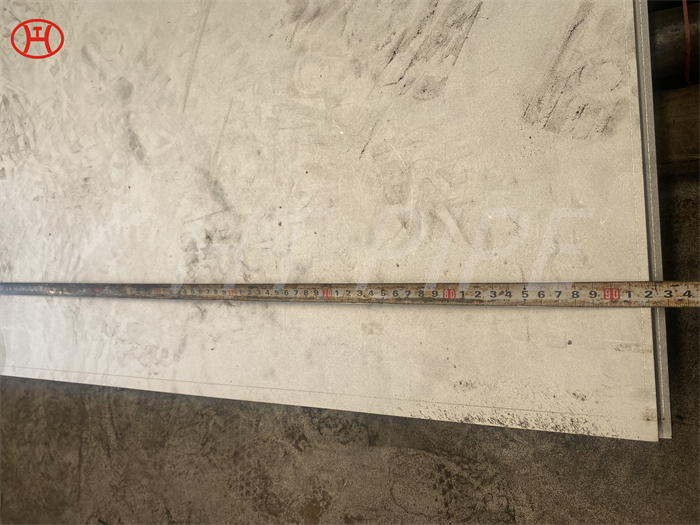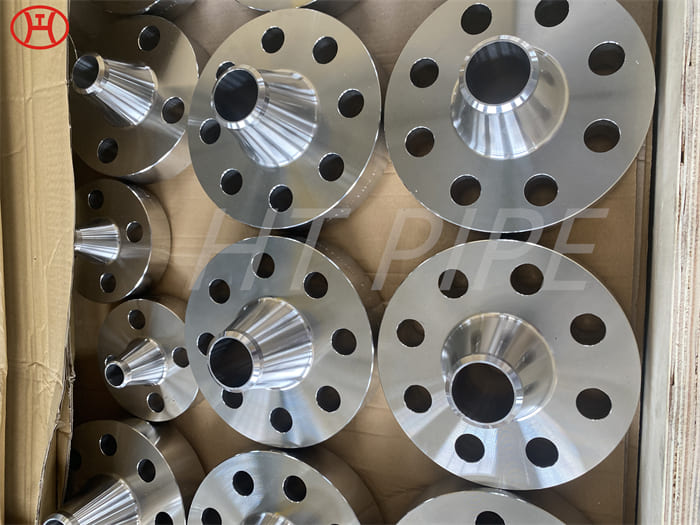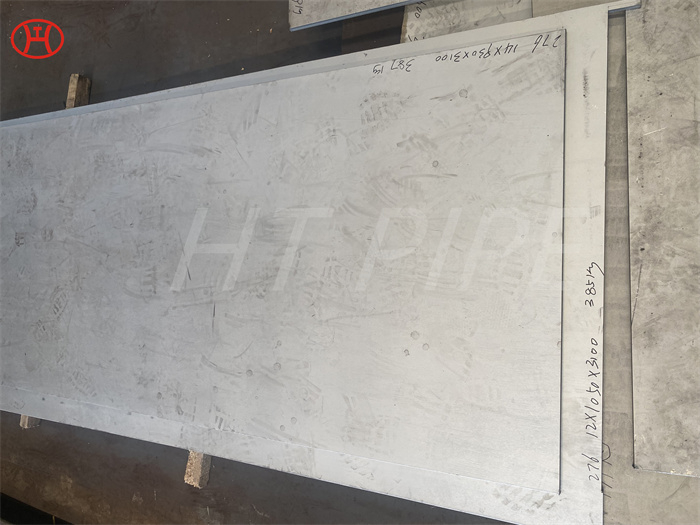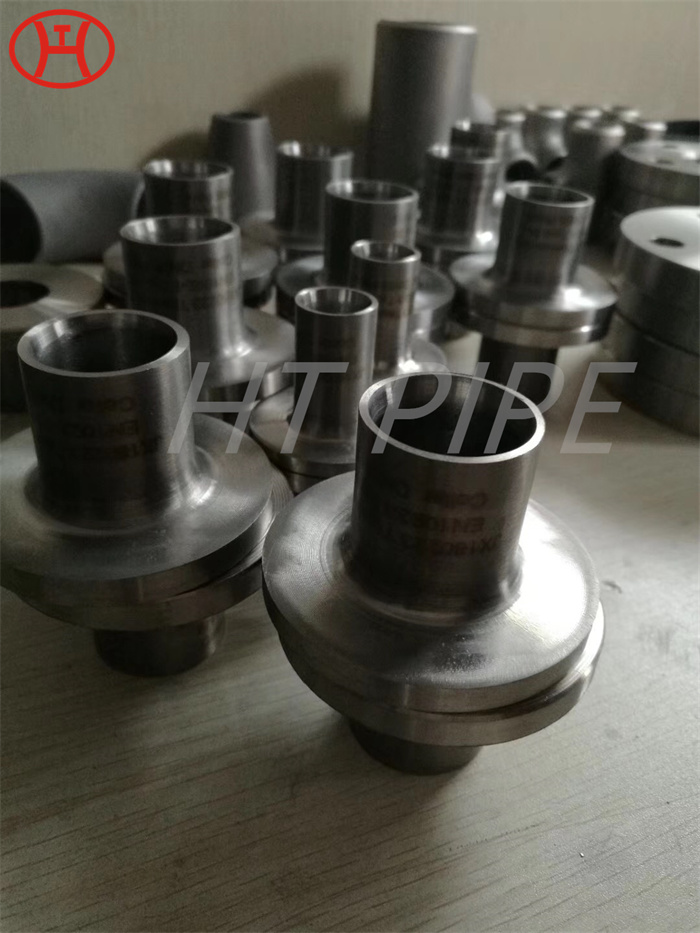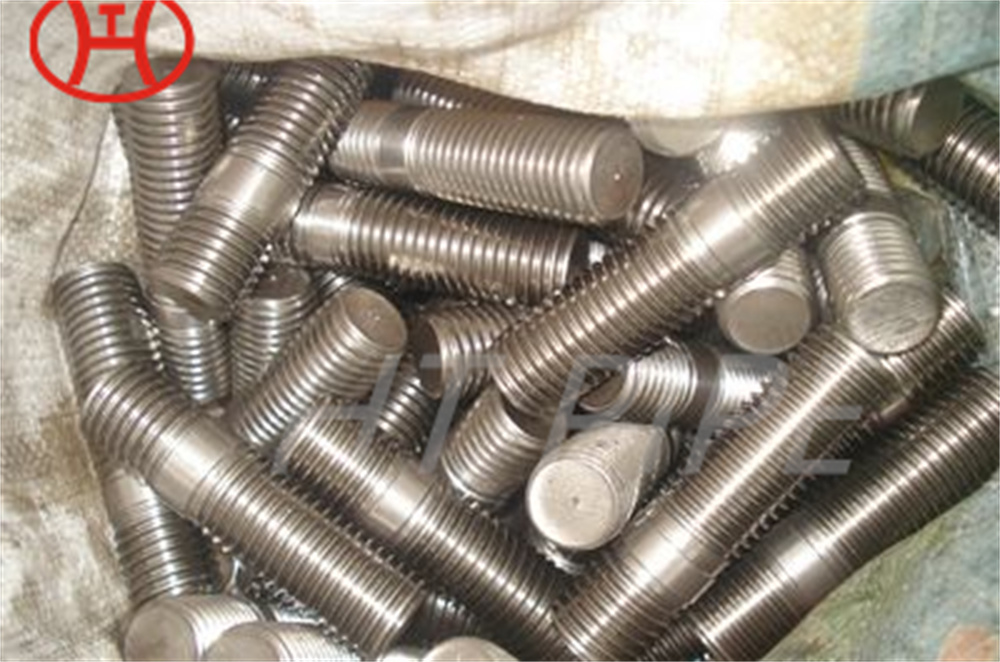Hastelloy C22 Forged Flanges ASME SB564 C22 RTJ Flanges
These flanges are usually welded or screwed. In those instances where welding or bolting the flange is not possible, many industries prefer using WNR 2.4602 Threaded Flanges.
HT PIPE has a team of experts and employees that hold vast experience in developing all types of flanges like Hastelloy C22 Flanges. We prioritize our client¡¯s demands and offer them the product that perfectly matches it. We are procuring a high-grade raw material from the trustworthy vendor as per the global material standards to fabricate amazing quality flanges. Our employees and experts are putting efforts to develop Hastelloy C22 Flanges that are highly durable, dimensionally accurate, anti-corrosive, and robust with longer working life. The tungsten and molybdenum content offers exceptional resistance to any oxidizing and reducing media. Apart from this, Hastelloy C22 Flanges are resistant to chlorides, wet chlorine, formic, acetic acids, sea water, brine and chemical solutions, both organic and inorganic compounds. Due to these features, our flanges are suitable to use in any chemical solutions. Our manufactured flanges are highly demanded due to their excellent properties such as higher tensile strength, longer working life, less maintenance, cost effectiveness, dimensional accuracy, higher durability and flexibility.

